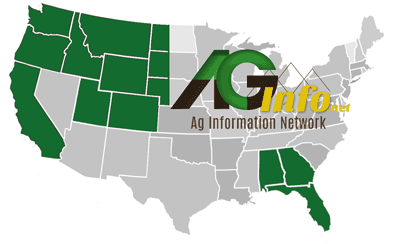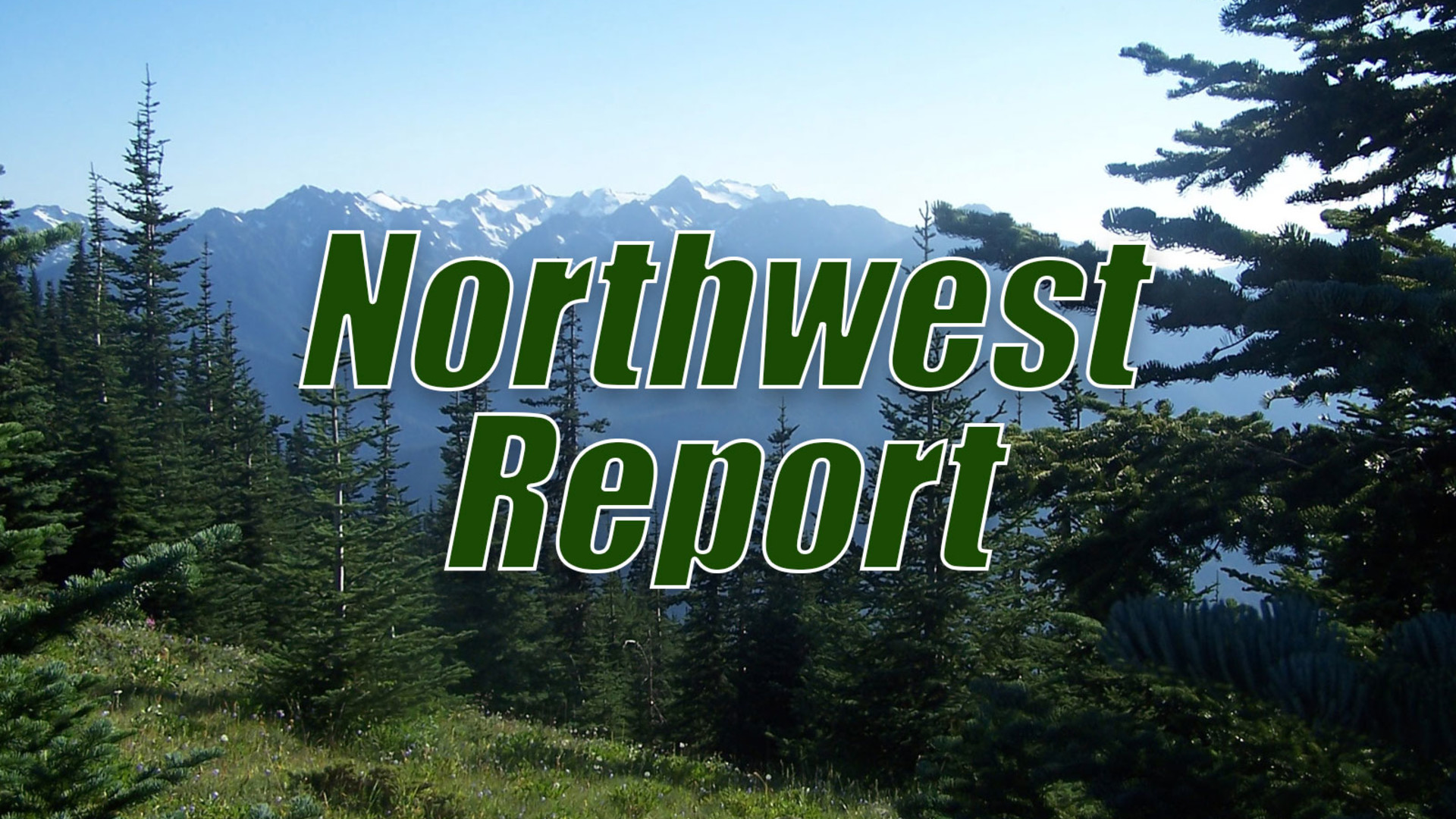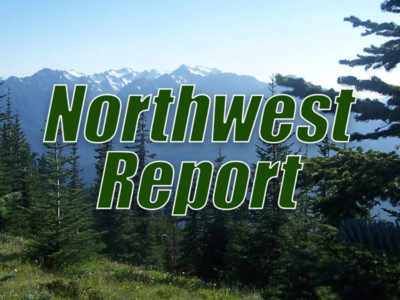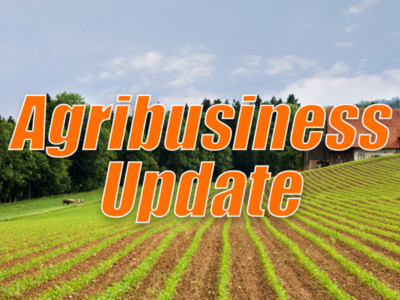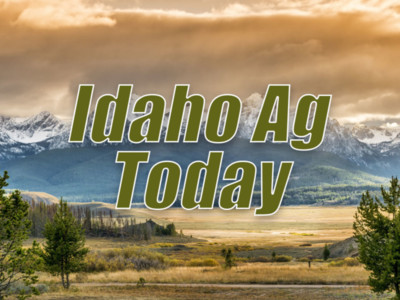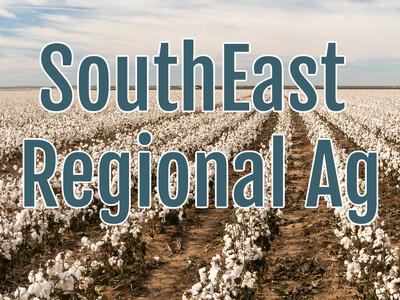Low summer streamflow
NRCS June Water Supply Outlook Report now available online
Oregon's snow season was shortened by early snowmelt, even after most of the state's mountains achieved near normal to above normal seasonal snowpack. Scott Oviatt, NRCS Snow Survey Supervisor Warm temperatures and rapid snowmelt during April resulted in an unusual amount of snowpack loss, even breaking records in some cases, according to the June Water Supply Outlook Report released today by the USDA Natural Resources Conservation Service.
May provided a return to more seasonable temperatures, however, the majority of the snow had already melted from most basins by May 1. The rapid flush of early snowmelt caused many rivers to reach their snowmelt-driven streamflow peaks earlier than normal.
"The early snowmelt has resulted in streamflows peaking sooner and beginning to recede to mid-summer levels up to four weeks early," said NRCS Snow Survey Supervisor Scott Oviatt.
"Water year precipitation (since Oct. 1) has been near to above normal across the state, and has boosted reservoir levels that were near record low at the end of last summer," Oviatt said. "This paints a much better picture for water supply this year, compared to last year when reservoir storage was well below average. However, if the summer is hot and increases demand, water users drawing from reservoir sources could still experience possible water shortages."
Streamflow forecasts for the summer are calling for below normal to well below normal residual streamflow volumes. Streamflow forecasts in Southeast Oregon are the lowest in the state with most of the forecasts less than 60 percent of average.
Find the latest information on Oregon's streamflow forecasts in the June Water Supply Outlook Report available on the NRCS Oregon website.
The parachutes slowly float down from Chinook helicopters, first carrying boxes of supplies and then the paratroopers who set up a field operations center as part of a readiness drill for a megaquake and tsunami. It was part of a four-day event called Cascadia Rising, built around the premise of a 9.0 magnitude earthquake 95 miles off the coast of Oregon that results in a tsunami. Both events would likely destroy buildings, roads and buildings and disrupt communications.
??
